
The late American novelist Tom Clancy was deeply impressed by the Submarine Service of the Royal Navy, rating it even above that of the US Navy. ‘While everyone deeply respects the Americans with their technologically and numerically superior submarine force, they all quietly fear the British,’ he wrote in a profile of early post-Cold War submarine arms.
Clancy added: ‘Note that I use the word fear. Not just respect. Not just awe. But real fear at what a British submarine, with one of their superbly qualified captains at the helm, might be capable of doing.’
Around the time he wrote that, in the early 1990s, the RN operated 15 nuclear-powered hunter-killer submarines (SSNs) alongside four Resolution Class (Polaris missile-carrying) ballistic missile boats (SSBNs) of the strategic deterrent force.
It also had eight diesel-electric Oberon Class patrol submarines (SSKs), with four Upholder Class diesels entering service, so 31 submarines in total. Today there are just ten – four Trident missile-armed SSBNs and six SSNs, with two more building (and one soon to retire) leaving the UK with 11. All are nuclear, for the last surviving SSKs were retired in the mid-1990s.
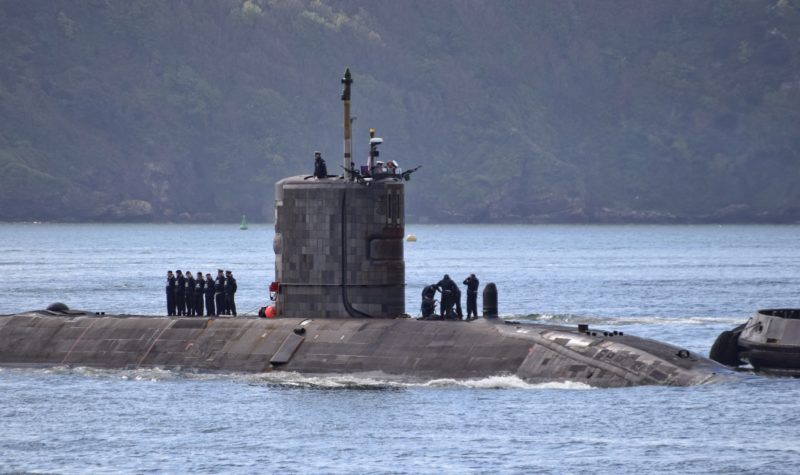
NUCLEAR submarines as the Cold War ended were regarded as the battleships of the fleet, possessing unrivalled range, speed, stealthy endurance and hitting power with their crews among the elite of the UK Armed Forces.
Indeed, such was their awesome potential in war one prominent politician, and former Navy Minister, said in 1990 that he believed surface ships were so obsolete and vulnerable to destruction the entire Navy should go under the sea – with the British operating an all-submarine navy.
But today, in the Royal Navy, submarines are over-shadowed by the gigantic aircraft carriers HMS Queen Elizabeth and HMS Prince of Wales – once referred to by the scoffing Russians as ‘large convenient targets’. They are the Fleet flag ships that politicians, admirals and the media obsess over – for good or ill.
They are the product of a late 1990s requirement for a post-Cold War ‘expeditionary navy’, projecting power from the sea to land across the shore. It is a concept that seems somewhat at odds with today’s world.
American analysts have judged that in a major hot war at sea, key units able to achieve a decisive effect (and their example was a fight between China and the USA over Taiwan) will be those under the sea and in the air.
Anyone visibly straying into the littorals offshore, on the surface, will be severely punished (as the Russians have found out in the Black Sea) by attack drones, plus air-launched and shore-based missile systems. Submarines are also the grim reapers and, to be fair, so are carriers able to send aloft strike jets to stand-off at range and bombard the foe. Casualties on both sides would be heavy off Taiwan, as they would be in any similar contest in European waters.
And so, with undersea warriors so highly rated by UK allies like the Americans and by potential foes the Russians and Chinese (both investing vast sums in submarines), it is unsettling to witness the Submarine Service of Britain in the grip of a perfect storm.
It has partly come about due to delays in upgrading dry docks to maintain and refit the boats and get them to sea – reducing the service’s presence on operations, undermining its morale (for highly trained submariners should not be languishing in port for months on end). The Submarine Service is being devalued as a worthwhile home for ambitious sailors who want an exciting, challenging life serving their country while giving it a decisive edge. Even in the best of times it can be challenging to recruit the sort of young people who will commit to a life under the sea.
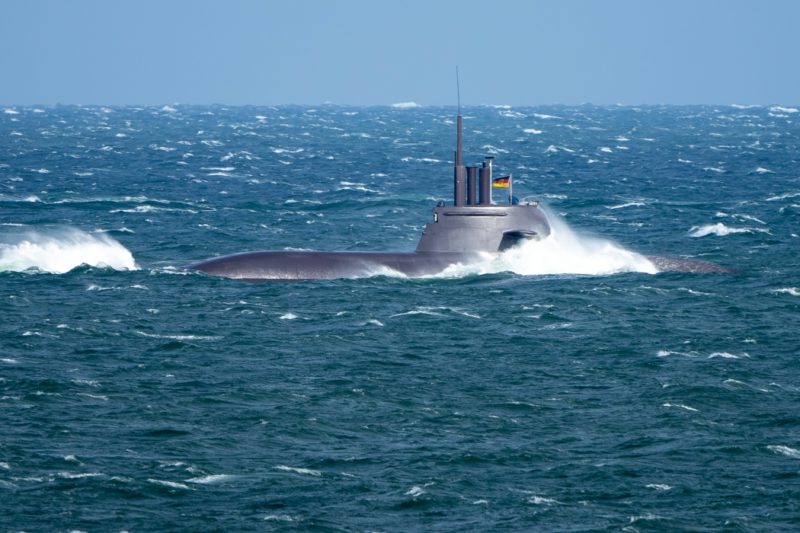
WHEN it comes to the force composition it has now reached a point where some within the British submarine fraternity suggest construction of the Dreadnought Class next generation ballistic missile submarines is unwise – on grounds of sheer cost (£31 billion, possibly more) as it starves the conventional forces of badly needed investment.
It is alternately suggested that, if they must be built, the Dreadnoughts should become guided-missile submarines (packed with conventionally-tipped cruise missiles and used as launch pads for Special Forces) like the Ohio Class submarines of the US Navy (one of which has recently been in action against the Houthis in the Red Sea).
Or, so it has also been proposed, the UK should give up nuclear submarines altogether, and maybe opt for advanced diesel-electric/Air-Independent Propulsion (AIP) boats. They at least could be more easily sent to sea, needing less maintenance, with smaller crews and without the complex and costly infrastructure that comes with nuclear submarines.
Another thought – among those who suggest the nuclear boats should be retained for headline roles in distant waters – is a flotilla of AIP SSKs to relieve the burden on the SSNs. This would give young officers and ratings a chance of sea time, with some of the boats training future submarine Commanding Officers, some landing Special Forces on hostile shores, or gathering intelligence and acting as sentinels in the Greenland Iceland-UK (GIUK) Gap.
They could take part in NATO’s Baltic operations and operate in the Norwegian fjords.The SSNs could then focus on intelligence-gathering in the Norwegian and Barents Sea, or in the Indian Ocean, Pacific, or Mediterranean, reserved for deep ocean hunting, prowling the vast Atlantic and also conducting deep strike with land-attack missiles. They would continue to help protect the UK’s SSBNs while hunting the enemy’s.

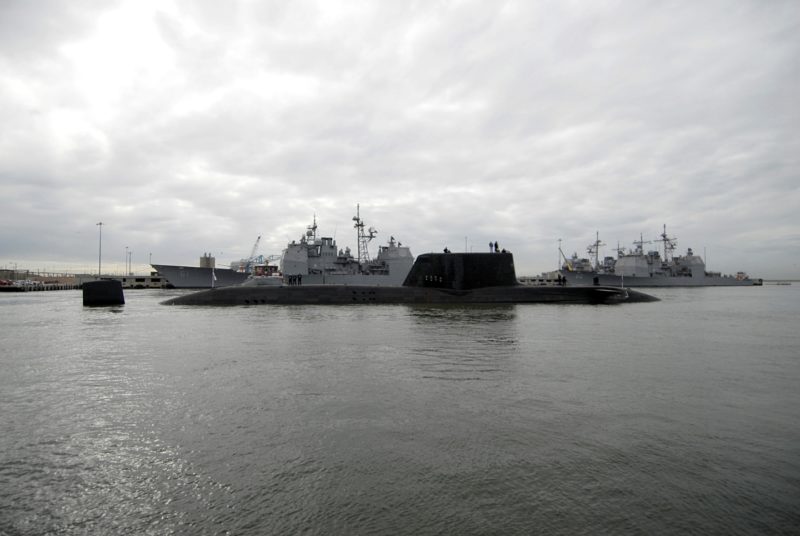
IT is the vexed issue of infrastructure to support the RN’s submarine force that is the very devil at the moment. In February Babcock International – which runs Devonport Dockyard, the main refitting and maintenance centre for nuclear submarines in Plymouth, Devon – revealed that it will not have all of its dry dock upgrades completed until 2027.
Devonport’s 15 Dock has not been used for work on a SSN since 2022. It is currently being upgraded to meet the latest strict safety standards for refitting the Astute Class SSNs (which began entering service more than a decade ago). In the meantime, the hunter-killer submarine Audacious is – a year on from arriving for major work – waiting to get into 15 Dock (hopefully able to receive her in 2024).
The Vanguard Class ballistic missile submarine Victorious, which sailed into Plymouth last May, at the time of writing is still unable to get into a dry dock either. Work on Audacious and Victorious has been started while they sit alongside in Devonport’s 5 Basin.
HMS Vanguard herself was notoriously three years late out of a refit at Devonport, which meant that for 7.5 years the remaining three boats of the class were forced to shoulder the deterrent burden, sometimes with only two of them available. It resulted in an extraordinarily long patrol by (what is thought to have been HMS Vigilant) of 196 days (six months plus). Sister vessel HMS Vengeance only last month (March) completed an even longer (201 day) deterrent patrol. It is worth also noting that, due to low SSN availability, Audacious was deployed for 403 days in 2022/23, mainly operating in the Mediterranean. The wear and tear on the deployable boats is inevitably severe.
Victorious will not be completing her refit until 2028, provided all goes well, with Vigilant next and in the meantime scope for keeping in-service SSNs and SSBNs running is limited.The massive shiplift facility at HM Naval Base Clyde (the main operational base of the Submarine Service, in Scotland) is reportedly currently occupied by an Astute Class SSN.
There are future hopes for two floating docks at HMNB Clyde to at least help assure maintenance when needed, for if a submarine is not 100 per cent fit for sea then it does not deploy.
In summary of this element of the ‘perfect storm’, is a vicious circle – the UK has fewer submarines than ever in modern times, being pressed harder, conducting longer and longer patrols, getting more worn out but with a woeful lack of docks to put them in.
There are five Astute Class submarines currently in service but it is not uncommon for only one to be available for operations at any one time. Meanwhile, the 33-year-old Trafalgar Class submarine HMS Triumph is currently helping to hold the line, her time in service extended beyond the anticipated retirement date.
At one stage, so it was claimed last year, there were no submarines available for operations. It is notable that while the US Navy has been able to commit a submarine, or submarines, to Tomahawk Land-attack Cruise Missile (LACM) strikes against the Houthis in Yemen, to protect merchant shipping, the UK’s sole cruise missile platform (a submarine) is likely absent.
This is despite the UK being able to commit Tomahawk-firing submarines to action in 1999 (Kosovo), 2001 (Afghanistan), 2003 (Iraq) and 2011 (Libya). And this year sees the biggest NATO exercise in northern European waters since the end of the Cold War. It may well be that no British SSN is available to train alongside the submarines of Alliance allies and so exert a conventional deterrent effect.
It has also been usual for decades for a British SSN, sometimes two, to venture under the Arctic ice to surface alongside US Navy boats to conduct weapons trials and scientific research. They have also practiced the skills necessary to hunt out a foe – Russians submarines and possibly one day Chinese boats – in that very demanding environment on the roof of the world. There was no RN vessel bursting through the ice for the ICE CAMP or Arctic Edge exercises last month. It was a very notable absence, undermining the deterrent effect of the UK’s Submarine Service.
And even the renowned Perisher – the globally famous submarine command course – that for decades has delivered the highly-trained SSN and SSBN captains has not been run for some time. This has been due to a lack of in-service operational submarines to act as the platform to put would be the would-be captains through their paces.
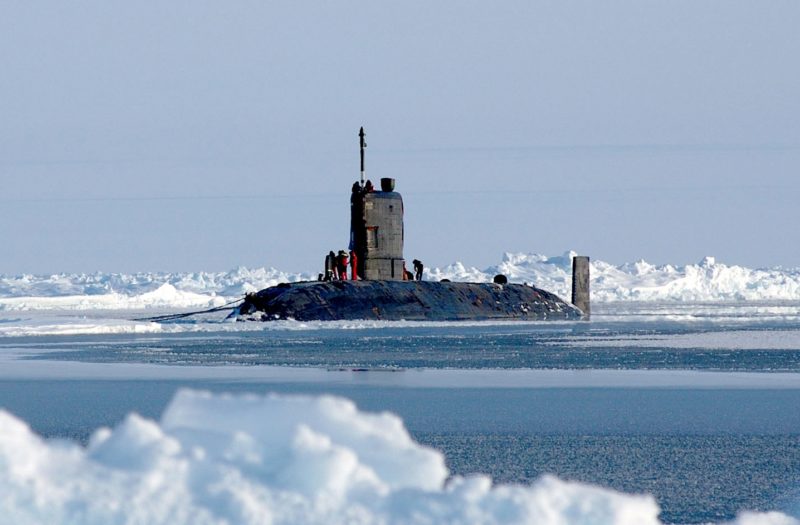
IT is hard enough being a submariner in normal circumstances – taking an undersea war vessel to sea is always a risky proposition where a single mistake could cause the loss of a boat and the deaths of an entire crew.
With periods of separation from family and loved ones – hundreds of miles, if not thousands from home – on secret missions, enduring extra-long patrols, after months waiting for a boat to get maintenance and back to sea, who would be a submariner?
There are reports of promising young submariners quitting due to either the boredom of rarely getting to sea or, conversely, the stress of marathon deployments. Only special people can handle the job. Morale cannot help but be affected, and people vote with their feet and exit the Navy, so compounding the current retention and recruitment crisis.
The bad headlines for events such as the Trident missile misfiring off Florida in January do not help. That Demonstration and Shakedown Operation (DASO) proved Vanguard’s launch system worked after her overly long refit, but the missile itself (drawn from a common USN-RN store of Tridents kept in the USA) was defective.
It did not take flight on the Atlantic firing range and so just fell into the sea, with a ‘plop’ according to ‘The Sun’ newspaper in the UK – a bit like the hopes and dreams of some who sign on for a life in the Submarine Service?
And yet such high ambitions are expressed for the Submarine Service by senior officers and UK politicians, what with the four Dreadnought Class SSBNs entering service in the 2030s and up to a dozen SSN-AUKUS in the 2040. But how does such an afflicted, side-lined force get from here to there? And when will the foes of the UK again ‘quietly fear’ the British Submarine Service? Britain and NATO need it to be the case as a matter of utmost urgency.


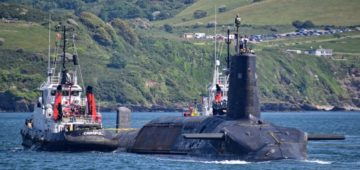



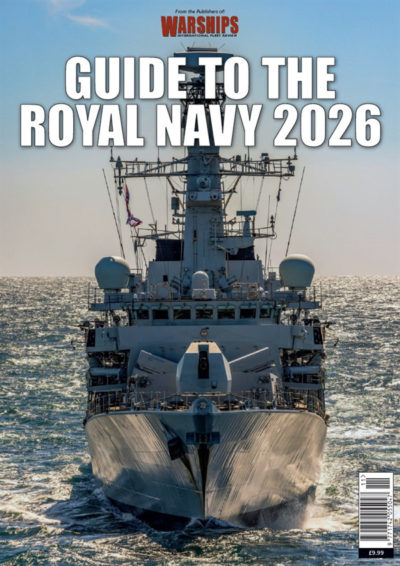
Comments
Sorry, comments are closed for this item